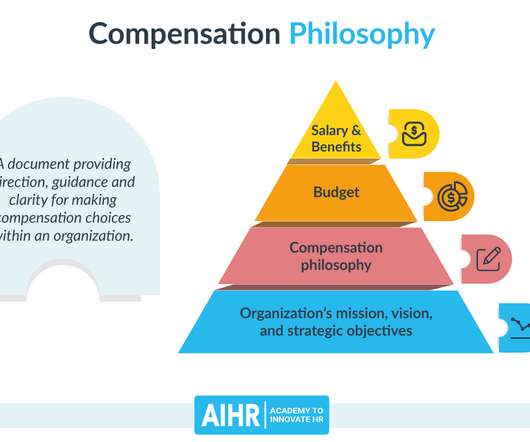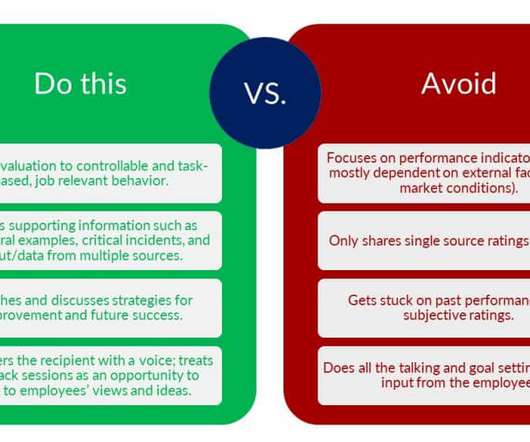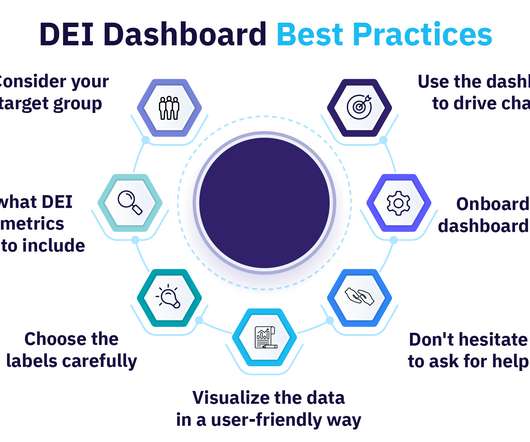Why Ranking Employees Against Each Other Doesn’t Work
Reflektive
MAY 9, 2018
At one point, we all used benchmarks: From childhood through higher education, we had clear grades presented to us multiple times a year to let us know exactly where we stood in comparison to a mandated rubric. Some of us found being measured against that external benchmark comforting, and some found it asinine.

































Let's personalize your content